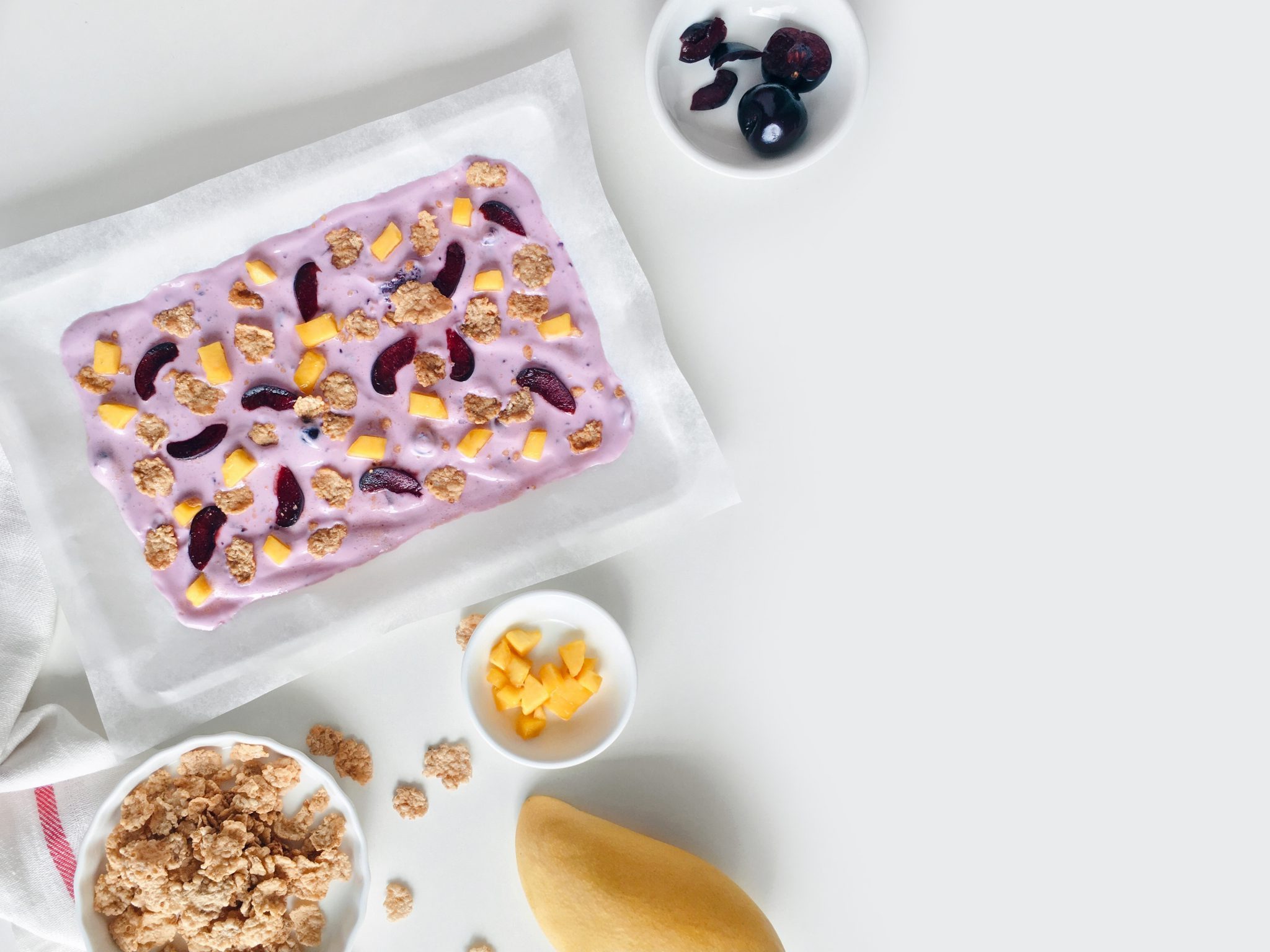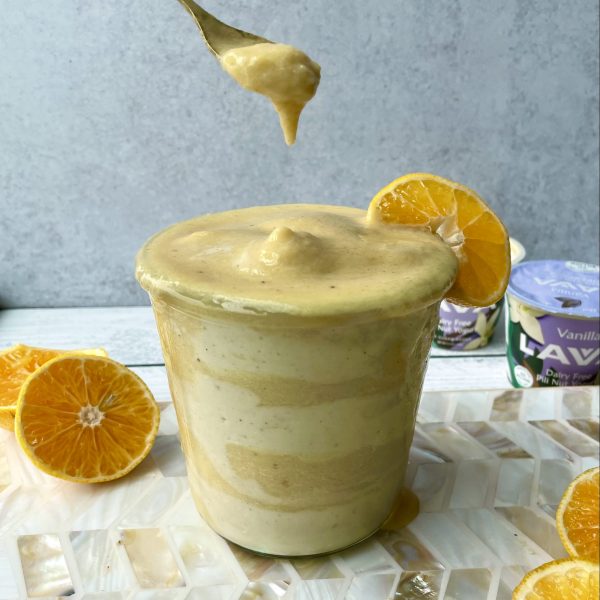guest post by Madeline Given
www.madelinenutrition.com
@madelinenutrition
Inflammation seems to be the talk of the town these days (and the Internet!), but is it really as alarming as it all sounds? And if so, what can we do about it? As a holistic nutritionist, I see clients for a variety of reasons, but in the end, over three-fourths of them have problems all rooted in inflammation in various parts of their bodies.
In my first cookbook, The Anti-Inflammatory Diet Cookbook, I explained inflammation in comparison to wildfires. Here’s an excerpt to illustrate the idea:
“Growing up in California, I’ve lived through my fair share of wildfires. If contained properly, the flames actually benefit the wildlands and are crucial to the survival of many species. Wildfires clear out old brush, kill off disease, and make room for new generations of plant life to enter the ecosystem. Acute inflammation is like a roaring wildfire. While it sounds scary at first, it cleanses the body of disease and acts as the first phase of healing, working primarily to rid the body of the assailant. On the other side of the spectrum, chronic inflammation is better compared to a never-ending, damp, smoldering fire. If left unaddressed in the body, it will result in an ever-increasing number of immune cells fighting an endless battle at the inflammation site, leading to serious disease. Think of acute inflammation as fast-acting, high-level, and healing, whereas chronic inflammation is lingering, low-level, and self-perpetuating.”
The gut houses approximately two-thirds of our bodies’ immune cells. These cells work minute-by-minute to protect us from any intruders we may ingest in the form of food, drink and other substances like medicine or supplements. If the gut begins to see too many repeat offenders, such as highly reactive foods or allergens, environmental toxins or medications, the inflammation begins to move from acute to chronic. Inflammation in the gut damages what is called our gut flora, or good bacteria, which are acting as neighborhood watchdogs in our intestines. Once damaged, our intricate gut lining can begin to leak foreign matter into the bloodstream, which will get marked as dangerous by our immune systems, inciting even more inflammation.
So what do we do about this problem?
For starters, focus on gut-healing. Choose a probiotic that contains several strains of bacteria, as well as several billion CFUs (colony-forming units). Enjoy an array of fermented foods (sauerkraut, traditionally fermented pickles, cultured (Lavva!) yogurt, kombucha and kefir) that will deliver healthy gut bacteria straight into your digestive tract.
I love incorporating cultured foods like Lavva into homemade snacks and recipes. I have a toddler who thankfully adores food in all forms, which is good for me since I’ve made it my mission to prep his tiny body for health success throughout the rest of his life. One of our favorite ways to use yogurt (that’s not as messy as giving a toddler a bowl with a spoon!) is by making ‘frozen yogurt bark.’

For a vegan, plant-based, cultured treat, I take a cup of Lavva yogurt and spread it on wax paper about 1/4-inch thick that’s placed on either on a plate or baking sheet. Then I’ll sprinkle it with a variety of toppings. Great options include beet powder, flax seed, homemade granola, crushed freeze-dried fruit, and hemp seed. The options are endless though! After toppings have been applied, place the entire tray into the freezer for about four hours until solid. It should still be breakable by hand.
Note: Most sources agree that the active good microbes in yogurt do not die off when frozen, but rather go into a dormant phase until warmed up and ‘brought back to life’ by the warmth of your body once ingested.
Thanks Madeline!






